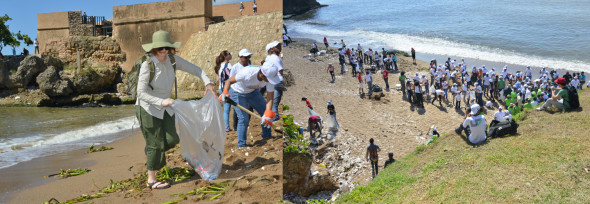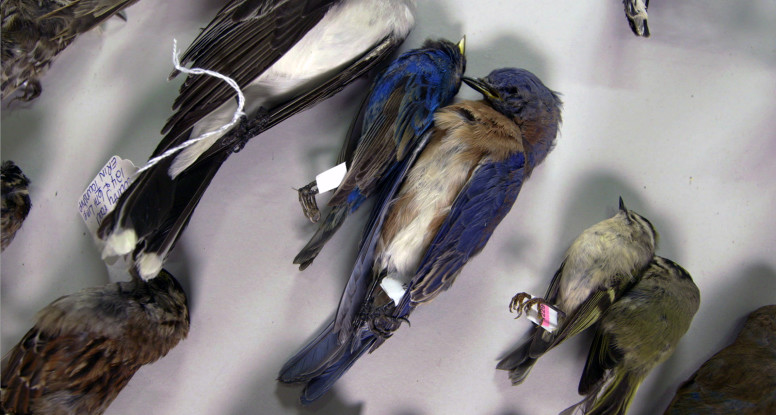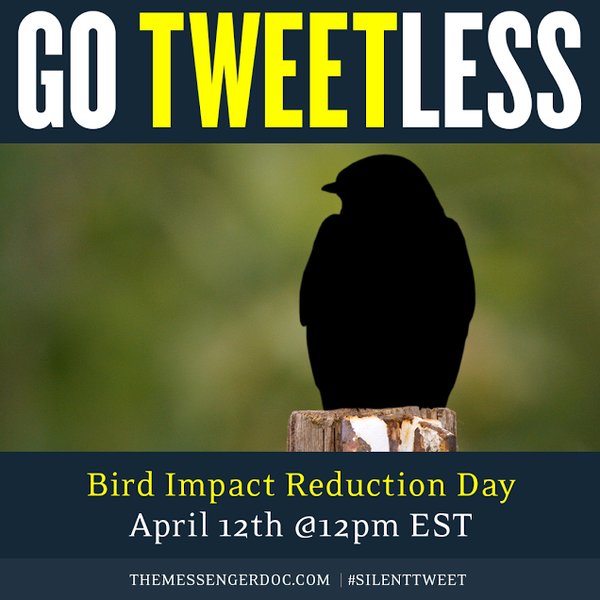UPDATE: Feb. 2022. In the fall of 2021 the inside of the replacement habitat chimney was inspected. (There is a special hatch door in the design at the bottom of the chimney for this purpose.) One nest was observed on the side of the chimney eight feet from chimney base, and two half eggshells were observed at the base of the chimney under the nest. The conclusion is that it appears the chimney is successful in providing habitat for producing more young. This is great news, because, as far as we know, this is the second replacement chimney structure in the province Ontario to have confirmed nesting activity.
UPDATE: July 2021. Swift (multiple swifts) interest and activity has been documented around the chimney. Confirmed at least two birds overnight in the chimney, possibly this pair is nesting.
When the celebrated Toronto firm Kohn Shnier Architects was awarded the contract to build a new school for the Toronto Catholic District School Board in Toronto’s Christie Pits neighborhood, they didn’t expected that the first ‘shovel in the ground’ would be for the neighborhoods special seasonal resident, the Chimney Swift.
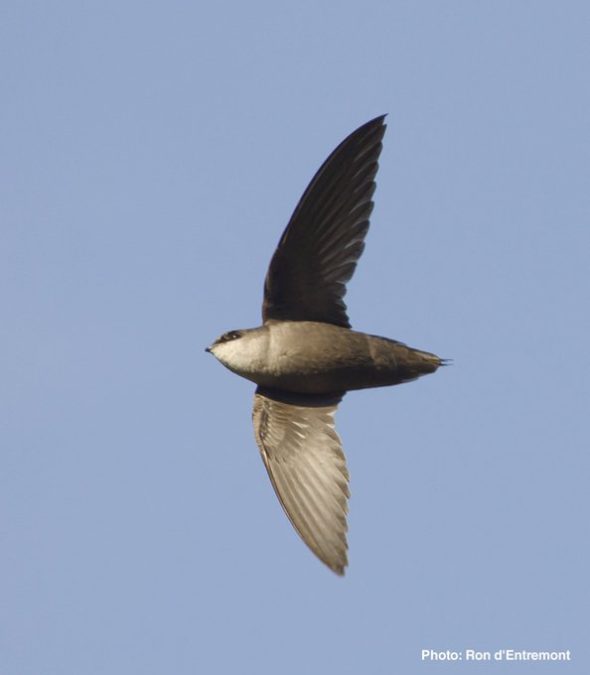
Chimney Swifts are among the finest aerial insectivore acrobats in the bird world.
During the day they are often seen in small groups, chittering and circling high in the sky. Often mistaken for bats, they swoop and dive with open beaks scooping up insects all day long. You’ll never see a Chimney Swift perching on a branch or at a bird feeder. In fact, they can’t perch, as their long claws are designed to cling to vertical surfaces. Amazing yes, but this also limits where they can find suitable places to nest, and like other aerial insectivores, Chimney Swifts are in decline.
One of the main problems this bird is facing is a biggie — loss of habitat. A few hundred years ago they lived primarily on cliff faces or in hollow trees, but when we colonizers altered the landscape to make way for civilization these birds had nowhere to go. Interestingly, they adapted to the new world by choosing to nest in something that to them, possibly, resembled the hollowed tree cavities in their old stomping grounds: chimneys. Now Chimney Swifts are listed as threatened under the Ontario Endangered Species Act (ESA).
Before building the new school, the old school had to be torn down. Demolition was set to begin when a notice came from Ontario’s Ministry of Natural Resources and Forestry (MNRF) stating that the school was a known habitat for Chimney Swifts. The news came as a surprise to architect Marty Kohn, “We received notice from MNR indicating that we had to go through an investigation.” Ultimately, the demolition was postponed and could not proceed until replacement habitat was built.
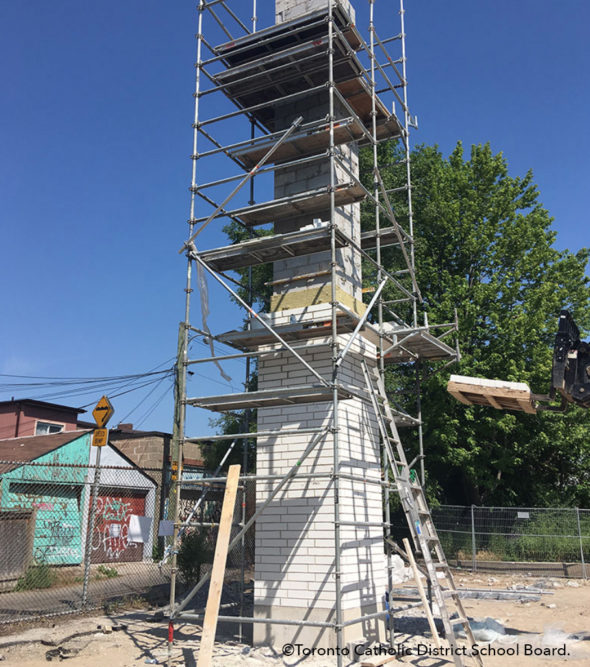
With city permits in hand, demolition was set to begin when a notice came from Ontario’s Ministry of Natural Resources and Forestry (MNRF) stating that the school was a known habitat for Chimney Swifts.
Although the MNRF offers minimum requirements for building new habitat it’s up to the architects or developer to come up with the final engineering and design. Fortunately for the Swifts Marty was on their team. Marty discovered that about fifty Swift towers have been built in Ontario. Twenty were masonry constructions, the rest were timber. Unfortunately, none of the timber structures have been occupied by Swifts, and of the remaining masonry towers, only one has resident Swifts. So, masonry it would be.

The resulting free-standing chimney is a wonder to behold.
Towering 10 meters high, the stand-alone chimney is set apart from where the new school building is to be constructed. The exterior is clad in white brick to match the overall project design. Under the brick is a layer of insulation, then a cinder block structure. The exterior brick is pointed, while the interior has rough mortar joints, making it suitable for nesting. The opening is the recommended 35mm wide, enough to allow access for the Chimney Swifts. The structure also has a vent for airflow and a small access door, allowing for annual maintenance and for monitoring the temperature. The cost was $125,000.

When the building is completed, on-site information on Chimney Swifts will be available, and the school can become involved in monitoring activities.
On the whole, awareness of Chimney Swift habitat is extremely low, not just among the general public, but also among urban planners and developers and building owners. Given the rate at which old chimneys are being capped or demolished, it would be beneficial if there were more builders following the lead of Kohn Shnier Architects. It would certainly be helpful for developers to be informed of the MNRF regulation in advance so they could plan and budget accordingly.
It is interesting to note that in the spring 2018, the newly elected Ontario Government moved Species at Risk from MNRF to the Ministry of Environment, Conservation and Parks (MECP). It’s unclear if MNRF still has a role to play in the implementation of the ESA as MECP has little operational presence across Ontario. Importantly, in order for the MNRF to act to protect Chimney Swift habitat, they rely on reports from citizen scientists who monitor and participate in Swift Watch groups.

Around the world animal habitats continue to shrink as human population increases.
In the case of Chimney Swifts, after its original habitat disappeared they adapted to chimneys, but now these are disappearing too. While many nesting sites remain in the downtown areas where there is a greater concentration of older low-rise buildings, these are now being replaced with condos and new developments, leaving many demolished chimneys in their wake.

Can we, with our modern ways of living find better ways to share our habitat with our animal companions?
Soon this idea will put to the test. Chimney Swifts are impressive migrants, wintering in South America and returning to eastern North America in the spring. And this year, we will be watching! The hope is that these threatened birds will rest and roost in the new tower and ultimately a pair will successfully nest and raise the next generation.
If you happen to be at the north end of Christie Pits on Barton Avenue twenty minutes before or after sunset please watch the new tower! Share your swift sightings with ebird or another citizen science app, and with @BirdsCanada (OntarioSwiftWatch@birdscanada.org) and @SongbirdSOSfilm. If you want to know more about spotting Chimney Swifts this spring and summer, we will be posting more in the weeks ahead. Stay tuned!
Note: The official Birds Canada Swift Watch is canceled due COVID-19. But you may be surprised what you can see from your own back window, patio or roof deck.
by Mark Bell & Su Rynard, special thanks to Marty Kohn

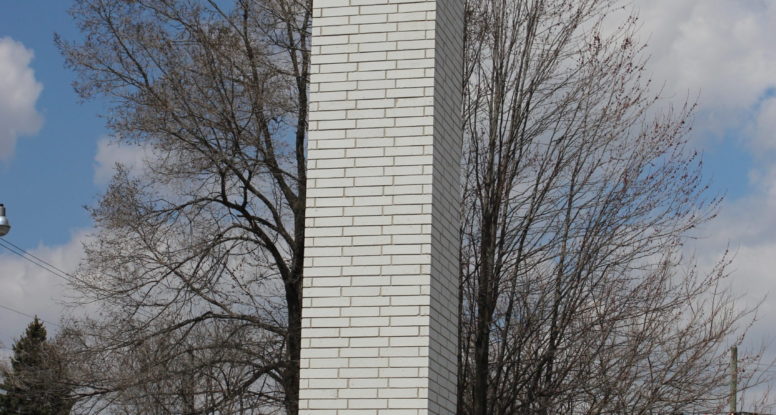



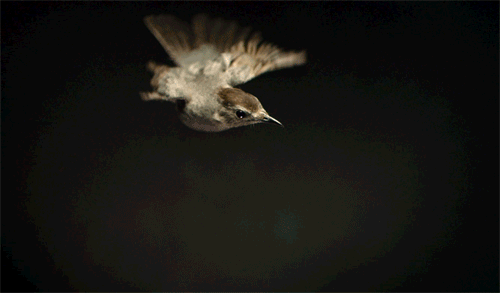
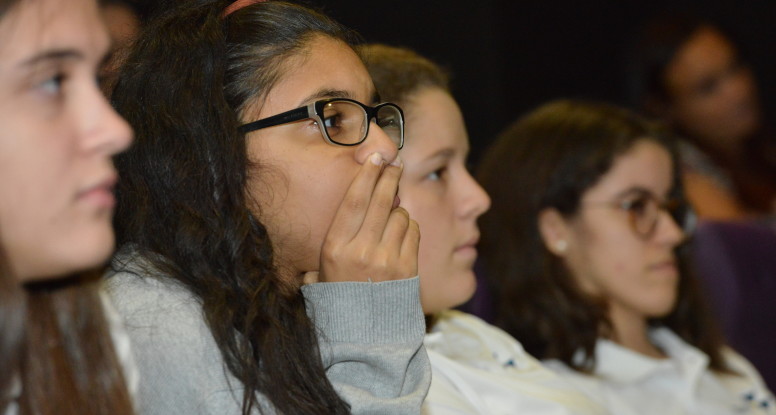
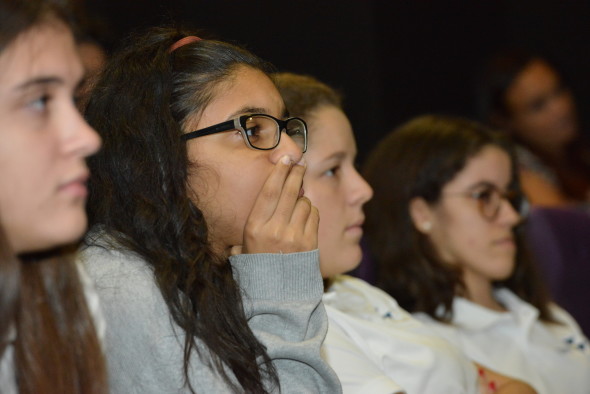 They do this by connecting the film a dedicated audience. The Messenger was paired with several high school groups and screened at different locations in Santo Domingo. Teachers had prepared the students for the screening (including assignments) so they were very attentive! Filmmakers accompanied their films into the classroom, engaging in lively Q&A’s. It’s great to see environmental films reaching these younger audiences and to see these audiences connecting with the material.
They do this by connecting the film a dedicated audience. The Messenger was paired with several high school groups and screened at different locations in Santo Domingo. Teachers had prepared the students for the screening (including assignments) so they were very attentive! Filmmakers accompanied their films into the classroom, engaging in lively Q&A’s. It’s great to see environmental films reaching these younger audiences and to see these audiences connecting with the material.

